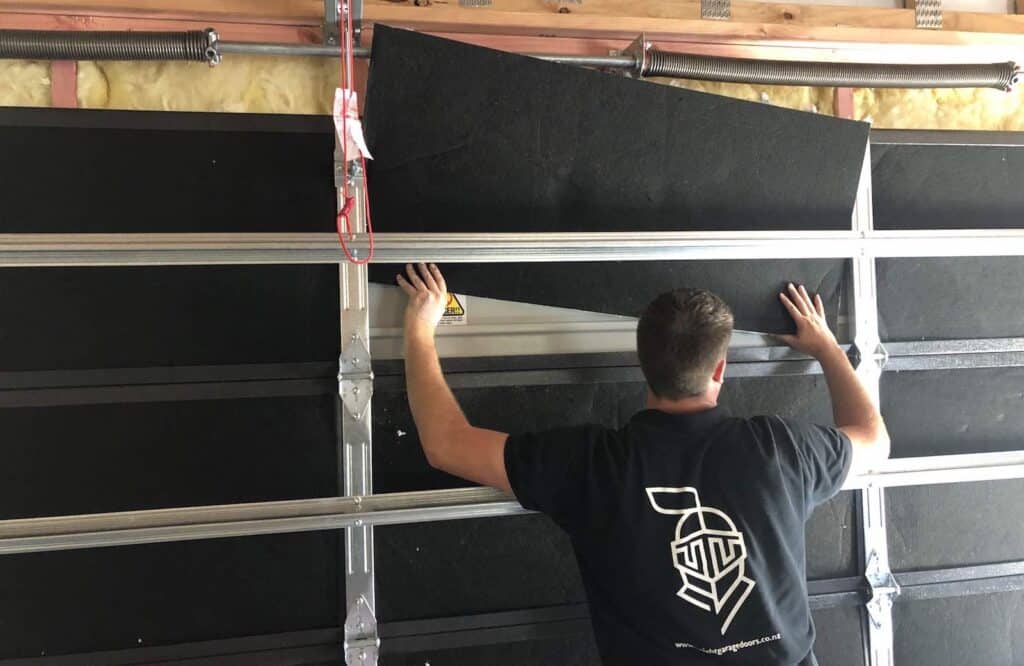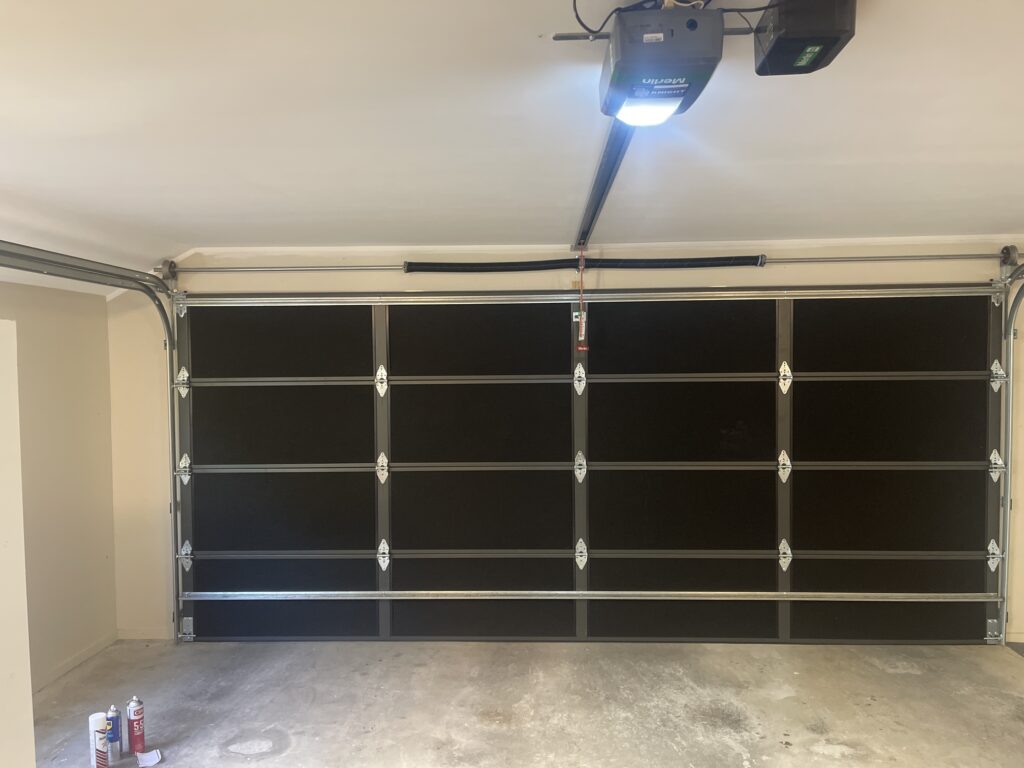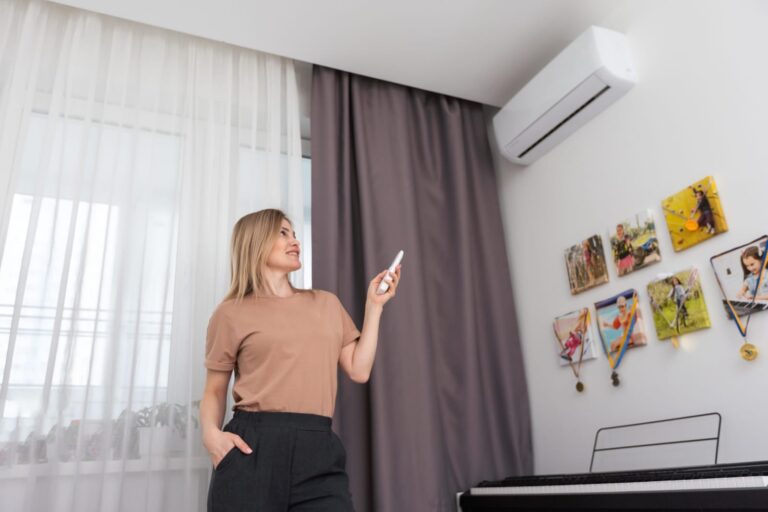For many Auckland homeowners, the garage is more than just a place to park the car. It’s often used as a workshop, storage space, or even an extra living area. However, one of the biggest challenges with garages, particularly those fitted with roller doors, is that they tend to be poorly insulated.
This allows heat to escape during winter and makes the space uncomfortably hot during summer. Insulating your garage roller door in Auckland can make a huge difference to comfort, energy efficiency, and even noise levels.
In this article, we’ll explore why insulation matters, the best materials to use, step-by-step installation methods, and whether you should tackle it yourself or call in the professionals.
Why Insulating Your Garage Roller Door Matters
The Role of Insulation in Auckland’s Climate
Auckland’s climate is relatively mild, but it still experiences humid summers and damp, chilly winters. Without insulation, a roller door acts like a thin sheet of metal that easily transfers heat in and out. This means garages quickly become too hot in summer and too cold in winter. By insulating your roller door, you help regulate the temperature and reduce the impact of seasonal changes.
Energy Efficiency and Lower Power Bills
Insulating a garage roller door also improves the overall energy efficiency of your home. Even if your garage isn’t directly connected to your living areas, heat transfer through an uninsulated garage can still impact nearby rooms. Proper insulation helps reduce heating and cooling costs, which is especially important as Auckland homeowners look for ways to manage rising energy prices.
Comfort and Noise Reduction Benefits
Beyond temperature control, insulation also improves comfort. A well-insulated garage is quieter, as the added materials help absorb street noise and dampen the sound of the roller door opening and closing. If you use your garage as a home gym, workshop, or hobby space, insulation creates a far more comfortable environment.
Different Insulation Options for Garage Roller Doors
Foam Board Insulation for Roller Doors
Foam board is one of the most effective and commonly used materials for roller door insulation. It provides strong thermal resistance, is lightweight, and can be cut to size to fit between the roller door panels. For Auckland homes, rigid foam insulation works well because it resists moisture and humidity.
Reflective Foil Insulation for Heat Control
Reflective foil insulation, also known as radiant barrier insulation, is another popular choice. It works by reflecting radiant heat away from the garage, which is particularly useful during Auckland’s hotter months. While not as effective for keeping warmth in during winter, it does a good job of preventing heat build-up in summer.
Insulated Door Panels vs Aftermarket Kits
Some roller doors are manufactured with built-in insulation. These insulated panels offer excellent thermal and acoustic benefits, but they often come at a higher cost. For existing roller doors, aftermarket insulation kits are available. These usually contain pre-cut materials and adhesive, making installation easier for DIY homeowners.
Step-by-Step Guide to Insulating a Garage Roller Door in Auckland
Preparing the Door and Measuring Correctly
Start by cleaning your roller door thoroughly to remove dust, grease, and debris. Measure the width and height of each section to ensure your insulation panels or foil sheets will fit snugly.
Choosing the Right Insulation Materials
Select insulation based on your goals. Foam board works best for year-round comfort, while reflective foil is ideal if you’re primarily concerned about summer heat. In Auckland, many homeowners combine the two for maximum effectiveness.
Installing Insulation Safely and Effectively
Cut your insulation material to size and attach it to the inside of the roller door. Most kits come with adhesive strips, but you can also use double-sided tape or construction adhesive. Apply pressure to make sure each panel sticks securely. Work panel by panel until the entire door is covered.
Sealing Gaps and Improving Overall Efficiency
Once the insulation is installed, check for gaps around the edges of the door. Use weatherstripping or draught excluders to seal these spaces. This prevents cold air from sneaking in during winter and stops warm air from escaping.

Common Mistakes to Avoid When Insulating Roller Doors
Using the Wrong Materials for Auckland’s Climate
Some materials absorb moisture, which is a problem in Auckland’s damp conditions. Avoid fibreglass batts or fabrics that may grow mould over time. Stick to foam or foil options that resist water damage.
Poor Installation Leading to Inefficiency
If insulation panels aren’t measured properly, they may leave gaps that reduce effectiveness. Take the time to measure accurately and ensure a snug fit.
Ignoring Safety Precautions and Balance Issues
Adding insulation changes the weight of your roller door. This can affect the door’s balance and strain the motor if you have an automatic opener. If the door feels heavier after insulation, a professional may need to adjust the spring tension.
Professional vs DIY Garage Roller Door Insulation in Auckland
When DIY Works Well for Homeowners
If you’re confident with tools and working at heights, DIY insulation can be a cost-effective option. Many Auckland hardware stores sell ready-made insulation kits designed for roller doors, which are straightforward to install.
Situations Where a Professional Installer Is Recommended
If your roller door is motorised, heavy, or has complex fittings, professional installation is the safer choice. A qualified installer can balance the door properly, adjust the motor, and ensure the insulation doesn’t interfere with functionality.
Cost Comparisons Between DIY and Professional Solutions
DIY kits may cost between $100–$300 depending on size and material, while professional installation can range from $500–$1,000. Although more expensive, professional work comes with peace of mind, warranties, and guaranteed results.
Extra Tips for Maximising Garage Energy Efficiency
Weatherstripping and Draught-Proofing the Garage
Insulation is only part of the equation. Adding weatherstripping to door edges and sealing cracks in walls helps keep your garage comfortable year-round.
Insulating Walls and Ceilings Alongside the Roller Door
For the best results, insulate not just the roller door but also the surrounding walls and ceiling. This creates a consistent thermal barrier that prevents heat loss.
Using Smart Ventilation for Comfort Year-Round
Proper ventilation ensures your garage doesn’t become stuffy or damp. Installing vents or using a dehumidifier can help maintain healthy airflow, especially during Auckland’s humid summers.
Where to Find Garage Roller Door Insulation Help in Auckland
Local Suppliers of Insulation Kits and Materials
Stores like Bunnings Warehouse, Mitre 10, and specialist insulation suppliers stock roller door insulation kits. These are DIY-friendly and designed for Kiwi homes.
Garage Door Service Companies in Auckland Offering Insulation
Many garage door companies in Auckland provide professional insulation services alongside installation and repair. Choosing a local company ensures they understand the region’s climate needs.
How to Choose the Right Provider
Look for companies with strong customer reviews, clear pricing, and experience with roller doors specifically. Always ask whether the insulation they use is suitable for Auckland’s weather conditions.
Final Thoughts on Insulating Garage Roller Doors in Auckland
Why Insulation Is a Smart Investment for Homeowners
Insulating your garage roller door is a relatively small investment with big benefits. It improves comfort, reduces energy costs, and adds value to your property.
Balancing Cost, Comfort, and Long-Term Energy Savings
Whether you choose a DIY solution or hire a professional, insulating your garage roller door in Auckland is one of the most effective ways to make your home more energy-efficient. Over time, the savings on power bills and the added comfort in your garage make it well worth the effort.




